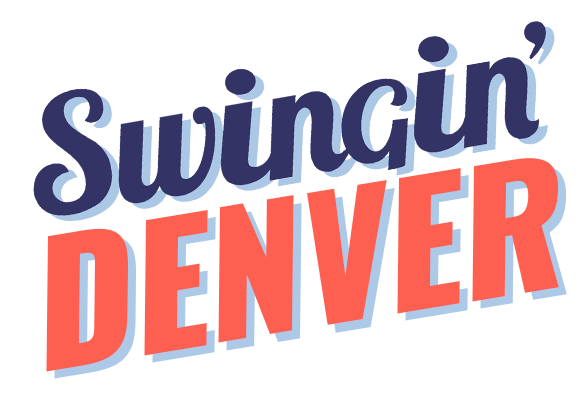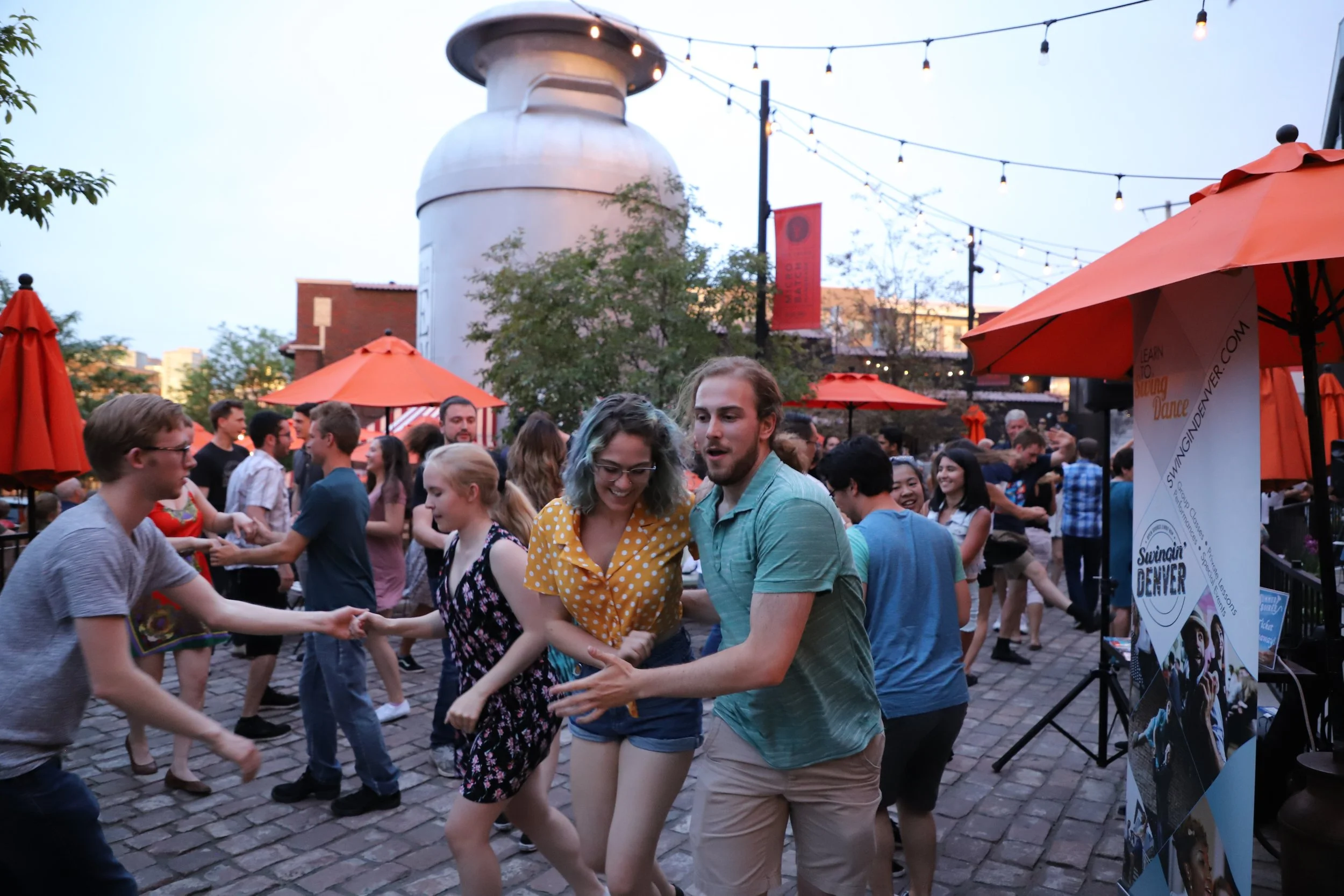I was struck yesterday by a promotional piece from a local organization that pinpointed 1999 within the “swing revival era.” Come to find out this was missed during the editing process done by more knowledgeable dancers. We’re happy this was edited out but it’s noticeable that relatively newer dancers were pushing a revival narrative, a myth I thought was being addressed by local organizations thanks to calls in by Moving History Together, Collective Voices for Change and Move Together. .
We’d like to ask that Colorado swing dance organizations like CMDance and others that promote revival narratives refrain from doing so. Instead, I’d encourage my fellow organizations to share stories about Mama Lu Parks, LaTasha Barnes learning Lindy Hop from her grandma, what Mura Dehn and Margaret Batiuchok gleaned from their record-collecting of Savoy dancers, etc. Lindy Hop and other Black social dances have existed and continued on into this present day. What changed, and this is important, is that white people ignored these dances or diminished them through whitewashing, reduction and sometimes systemic racist policies to reduce safe gathering spaces and to control bodies only to “rediscover” them.
When we (and I mean “we” since I’ve done this too) talk about “ourselves enveloped in the cultural revival of American swing music and dance” we are becoming the colonizer and not the colleague. Let’s be better guests within Black cultural art forms.

